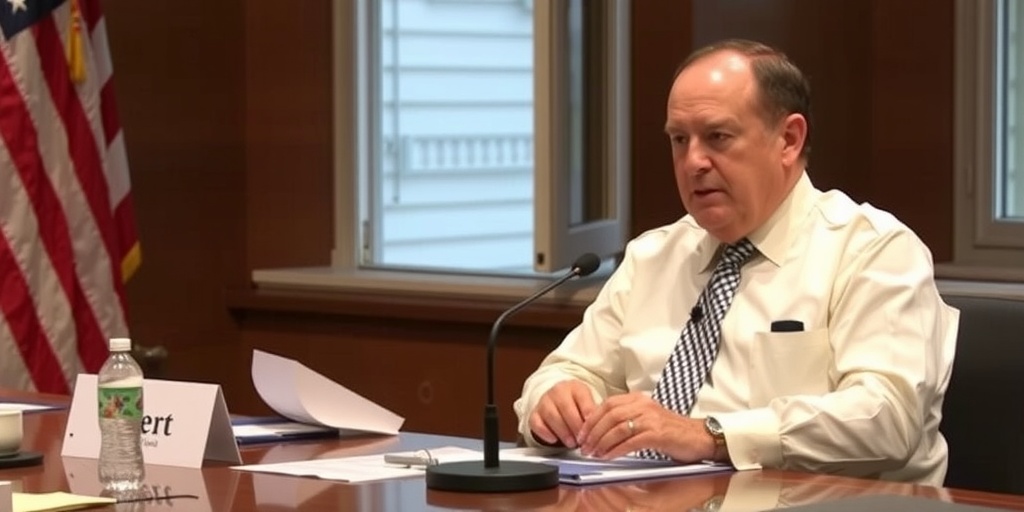Now Reading: Trump’s Executive Order on IVF: What It Means
-
01
Trump’s Executive Order on IVF: What It Means
Trump’s Executive Order on IVF: What It Means

Title: President Trump Signs Executive Order Aiming to Improve Access to In Vitro Fertilization
President Donald Trump has taken a significant step towards addressing concerns related to in vitro fertilization (IVF) by signing an executive order that calls for a comprehensive list of policy recommendations to enhance access to these fertility treatments. The order explicitly aims to “aggressively reduce out-of-pocket and health plan costs” associated with IVF, a procedure that has become increasingly vital for couples struggling to conceive.
In a move that signals his administration’s commitment to this issue, Trump has mandated his assistant for domestic policy to present a detailed list of recommendations within the next 90 days. However, it should be noted that this executive order does not enact any immediate policy changes and fails to mention some previously made promises during Trump’s campaign, including the ambitious goal of making IVF treatments free for all patients.
The concern over fertility treatments has notably increased since the Supreme Court’s decision in 2022 to overturn Roe v. Wade, which Trump has claimed credit for. Following this ruling, patients and medical professionals alike expressed apprehension about the future of IVF treatments. This anxiety was exacerbated by a controversial judgment from the Alabama Supreme Court in February 2024, which designated frozen embryos as children, thereby raising questions about the legal and ethical implications of fertility treatments.
Amidst these developments, Trump has publicly declared his support for fertility treatments, even nicknaming himself the “father of I.V.F.” during a town-hall event focused on women’s healthcare in October. His campaign clarified that this remark was made in jest; nonetheless, it underscored his increasing emphasis on the topic. In the summer, he reiterated his commitment to requiring insurance companies—or the federal government—to cover all costs associated with IVF treatments, effectively proposing to make the procedure free for patients. Despite this, the recent executive order does not mention such a mandate, leaving many skeptics curious about the feasibility and execution of these promises.
According to research from the Pew Research Center, use of IVF among couples seeking to conceive has risen significantly, with a report indicating that 42 percent of adults in 2023 had either used fertility treatments or knew someone who had, reflecting a 33 percent increase over the previous five years. Interestingly, most individuals who utilized IVF fall within the upper-income bracket, which raises concerns about accessibility for lower-income families who may not have the financial means to afford such expensive treatments.
The affordability of IVF remains a pressing issue, with a single round of treatment costing upwards of $25,000—without any guarantee of success. Many prospective parents find themselves undergoing multiple rounds at significant personal expense. The recent executive order acknowledges that only a handful of states mandate any form of coverage for IVF in state-regulated insurance plans, with merely a quarter of employers offering such benefits. This leaves many individuals inadequately covered, heightening the urgency for policy reform.
Should the government attempt to mandate insurance coverage for IVF, it could face substantial legislative challenges. Implementing such a policy would likely require Congress to establish a new administrative body to oversee the program, essentially creating a single-payer healthcare system for a single condition. This prospect appears daunting, especially as Congressional Republicans have previously opposed measures intended to safeguard IVF’s legality, which complicates the political landscape further.
The executive order also underscores Trump’s longstanding advocacy for increasing birth rates in the United States. With fertility rates plummeting since the mid-1960s, a concerning trend has emerged, particularly after the Great Recession. In 2023, the total fertility rate fell to a record low of 1,616.5 births per 1,000 women, far below the rate necessary to maintain the current population size.
Looking ahead, advocates and experts in the fertility field express cautious optimism regarding the recent executive order. Barbara Collura, the CEO of Resolve, a prominent patient advocacy organization, views the executive order as a mere first step toward meaningful reform. She emphasized the need for tangible actions from the administration, suggesting that her organization is prepared to present proposed policy changes to the White House.
Other experts, such as Dr. Lucky Sekhon, a fertility specialist in New York, echoed concerns that an executive order alone would not resolve the deeper systemic issues surrounding access to fertility care. On social media, Dr. Sekhon highlighted the existing frustrations with insurance companies, noting that many patients find themselves at odds with what medical professionals recommend and what insurance coverage is offered.
The interplay between health policy, insurance coverage, and individual access to fertility treatment marks a critical issue that will require significant attention and action from both federal and state levels. Without concrete steps towards reform, many couples may continue to face obstacles in their pursuit of parenthood, making the coming months particularly pivotal for Trump’s administration in fulfilling its commitments.
Stay Informed With the Latest & Most Important News
Previous Post
Next Post
-
 01New technology breakthrough has everyone talking right now
01New technology breakthrough has everyone talking right now -
 02Unbelievable life hack everyone needs to try today
02Unbelievable life hack everyone needs to try today -
 03Fascinating discovery found buried deep beneath the ocean
03Fascinating discovery found buried deep beneath the ocean -
 04Man invents genius device that solves everyday problems
04Man invents genius device that solves everyday problems -
 05Shocking discovery that changes what we know forever
05Shocking discovery that changes what we know forever -
 06Internet goes wild over celebrity’s unexpected fashion choice
06Internet goes wild over celebrity’s unexpected fashion choice -
 07Rare animal sighting stuns scientists and wildlife lovers
07Rare animal sighting stuns scientists and wildlife lovers





















